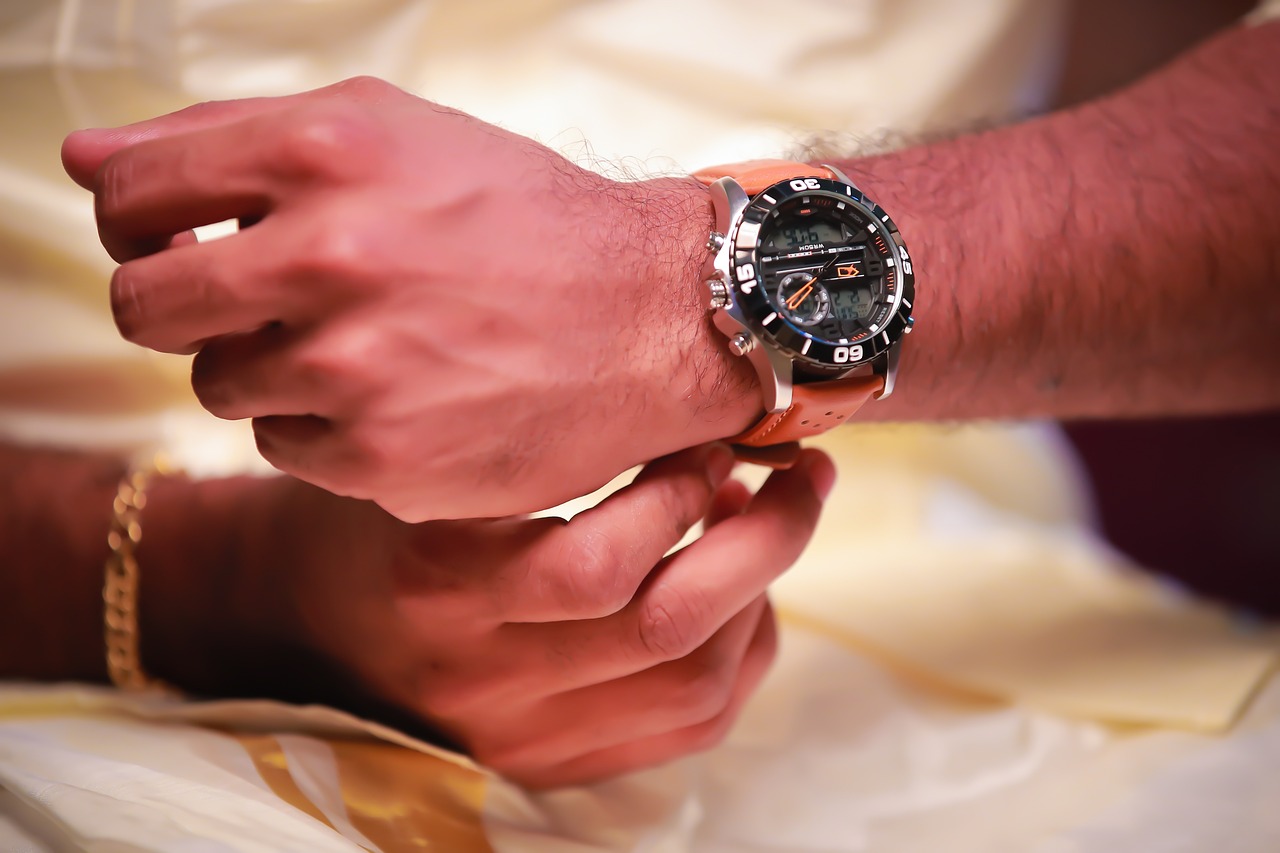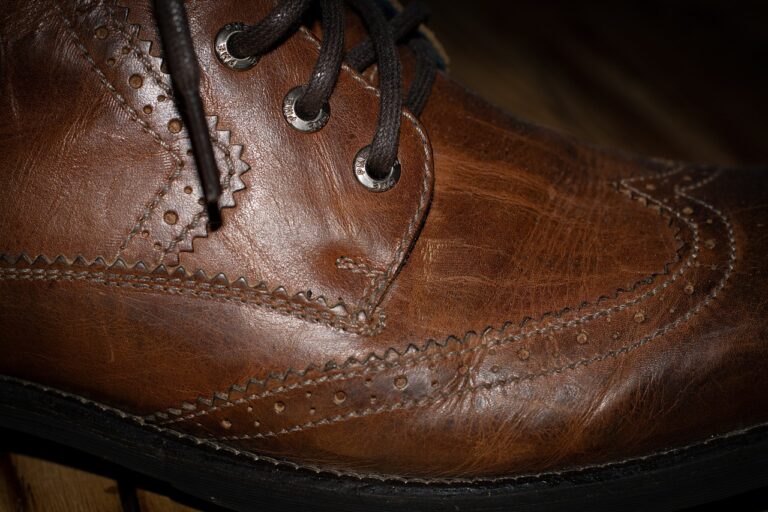The Influence of Art Movements on Fashion Design: From Bauhaus to Postmodernism
Art movements have always played a crucial role in inspiring and shaping the world of fashion design. From the romanticism of the 19th century to the minimalism of the 20th century, each movement has left its mark on the way designers create and style their collections. The bold and vibrant colors of the Pop Art movement, for example, have influenced designers to experiment with vivid hues and graphic prints in their designs.
Additionally, the clean lines and functional approach of the Bauhaus movement have had a lasting impact on the way garments are constructed and styled in contemporary fashion. Designers have embraced the Bauhaus philosophy of merging form and function, resulting in sleek and minimalist designs that prioritize both aesthetics and practicality. The fusion of art movements and fashion design continues to evolve, with designers constantly drawing inspiration from the rich history of artistic movements to create innovative and unique pieces for the modern consumer.
• The bold and vibrant colors of the Pop Art movement have inspired designers to experiment with vivid hues and graphic prints in their designs.
• The clean lines and functional approach of the Bauhaus movement have influenced the way garments are constructed and styled in contemporary fashion.
• Designers have embraced the Bauhaus philosophy of merging form and function, resulting in sleek and minimalist designs that prioritize both aesthetics and practicality.
• The fusion of art movements and fashion design continues to evolve, with designers drawing inspiration from rich history to create innovative pieces for modern consumers.
Bauhaus: A Pioneer in Modernist Design
The Bauhaus school of design was founded in Germany in 1919 by architect Walter Gropius. It aimed to unite art, craft, and technology in a new modern style. Bauhaus emphasized functionality, simplicity, and the use of industrial materials in its design philosophy, which greatly influenced the world of fashion.
Bauhaus principles like minimalism, geometric shapes, and asymmetry translated seamlessly into fashion design. The emphasis on clean lines and practicality found in Bauhaus architecture inspired clothing that was both stylish and wearable. Designers began incorporating these modernist ideals into their garments, revolutionizing the way clothing was created and perceived.
Surrealism: Bringing Fantasy into Fashion
Surrealism in the realm of fashion design has long been recognized for its ability to blur the lines between reality and fantasy. Artists like Salvador Dali and Man Ray introduced elements of dreamlike imagery and unexpected juxtapositions into their work, influencing designers to think outside the box and push the boundaries of traditional aesthetics. This movement not only challenged traditional norms but also inspired a new wave of creativity in the fashion industry.
The incorporation of surrealistic elements in fashion design allowed designers to explore new techniques and materials, leading to innovative and avant-garde creations. From whimsical prints to exaggerated silhouettes, surrealism brought a sense of playfulness and experimentation to the fashion world. By embracing the surreal, designers were able to break free from conventional constraints and create clothing that was truly imaginative and unconventional.
What is Surrealism?
Surrealism is an art movement that developed in the 1920s, characterized by fantastical and dream-like imagery. It seeks to explore the unconscious mind and challenge conventional reality.
How has Surrealism influenced fashion design?
Surrealism has had a significant impact on fashion design, inspiring designers to incorporate elements of fantasy and whimsy into their creations. This can be seen in the use of unexpected shapes, textures, and patterns in garments.
What are some famous examples of Surrealist-inspired fashion?
Some famous examples of Surrealist-inspired fashion include Elsa Schiaparelli’s lobster dress, Salvador Dali’s collaboration with designer Elsa Schiaparelli, and the innovative designs of current designers like Viktor & Rolf.
How can I incorporate Surrealism into my own personal style?
You can incorporate Surrealism into your personal style by experimenting with bold colors, unusual shapes, and unexpected combinations of textures and patterns. Look for pieces that challenge traditional ideas of beauty and fashion.
Are there any contemporary designers who are known for their Surrealist-inspired designs?
Yes, there are several contemporary designers who are known for their Surrealist-inspired designs, including Comme des Garçons, Thom Browne, and Iris van Herpen. These designers often push the boundaries of traditional fashion with their avant-garde creations.







